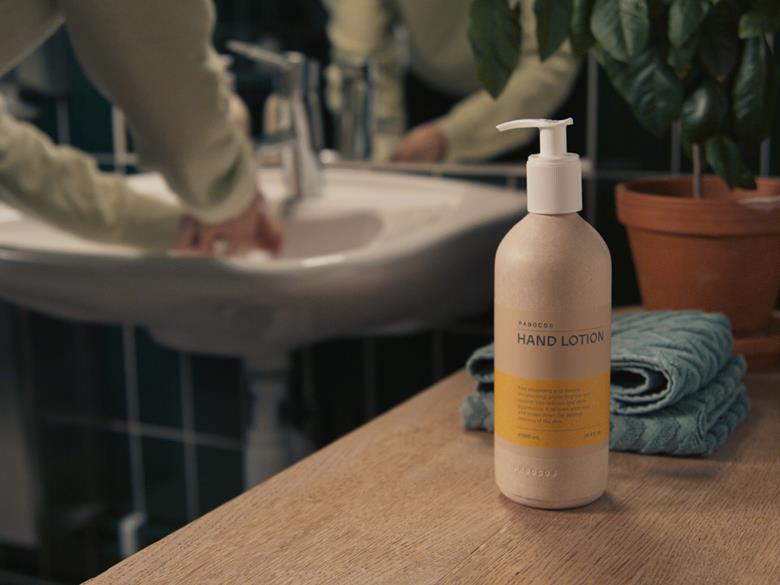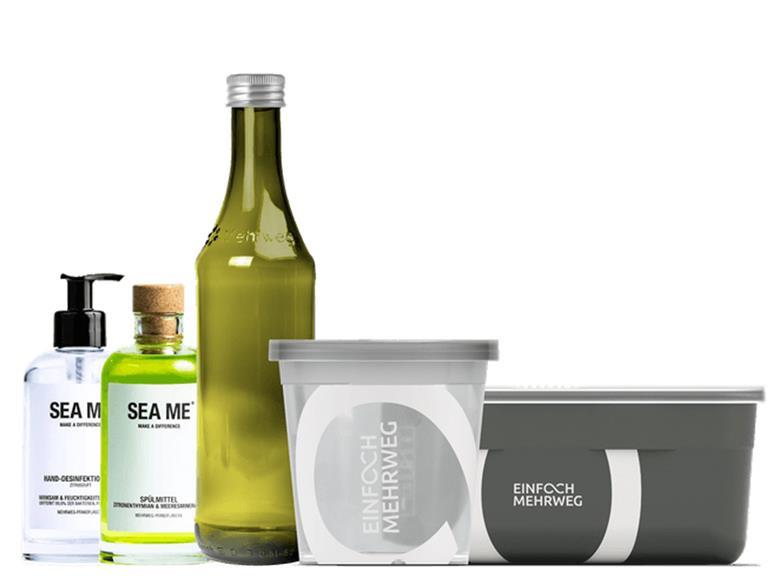Category: Sustainability
Cabot Cheeses Go Green with Sustainable Packaging
The cheese company’s new sustainable packaging strikes the perfect balance of product protection and environmental responsibility. In a recent interview with Packaging Digest, Jed Davis, Cabot’s Vice President of Strategic Engagement and Sustainability, emphasized the environmental advantages of the company’s new packaging initiatives. This innovative approach is set to yield substantial reductions in resource consumption…
McDonald’s Ditches Plastic McFlurry Lids for a New All-Paperboard Design
Mickey D’s US rollout of the lid-free paperboard cups reduces plastic waste and supports sustainability goals. Watch a video of a machine producing an international variant, and read reviews from social media “experts.” In a significant step towards sustainability, McDonald’s has introduced a novel soft-serve packaging design aimed at reducing plastic use in the United…
How consumer demand is driving change in food packaging
Consumer demand for sustainable food packaging has become a major catalyst for change in the industry. With a growing awareness of environmental impacts, consumers are now choosing products with reduced packaging waste and materials that are recyclable and as a result, companies are being compelled to innovate and develop eco-friendly packaging solutions. According to a…
Food-Grade Recycled Polypropylene is Poised for US Intro
The NextLooPP initiative’s success and breakthroughs across the Atlantic and an FDA Letter of No Objection to 14 companies bode well for food-grade PP recycling on American shores. At a Glance Research suggests PP residual contamination levels one-tenth of HDPE milk bottles and one-hundredth of PET. 2024 trials of recycled PP achieved food-grade purity levels…
Algae’s Remarkable Role in Sustainable Packaging’s Future
Cutting-edge algae-based bioplastics could revolutionize sustainable packaging (and beyond) while meeting consumer and regulatory demands. At a Glance Innate biodegradability and renewability make algae an ideal solution to traditional plastics’ environmental issues. Applications include water bottle replacement, food wrappers, drinking straws, and condiment sachets. The global bioplastics market is projected to rose from $8.14 billion…
Bottled Water Microplastics Litigation Is Making a Splash
Plaintiffs argue companies that make and sell bottled water have violated consumer protection statutes by labeling their bottled water as “natural” when the products allegedly contain microplastics. Class actions involving bottled water is on the rise as attention focuses on chemicals and plastics in food packaging (in particular, PFAS and microplastics). Following studies in 2018…
This Water Bottle Diverts Ocean-Bound Plastic
In partnership with rePurpose Global, the sale of each Chlorophyll Water bottle supports the equivalent recovery of one ocean-bound plastic bottle. For plastic litter, an ounce of prevention is worth a pound of recovery. That describes the notion of diverting ocean-bound plastic by collecting plastic bottles before they ever reach the water. The latest bottle…
Sainsbury’s switches to pulp and cardboard packs for own-brand fish and chicken
Sainsbury’s is introducing a number of packaging changes across its own-brand chicken and fish lines, set to save 694 tonnes of plastic annually. All own-brand salmon fillet trays are switching to pulp cardboard instead of plastic, a UK retailer first, which will result in 70% less plastic, saving 346 tonnes of plastic a year. The…
‘Packageless’ products can reduce plastic waste and increase sales
The urgent need to eliminate single-use plastic packaging and drastically reduce waste has become a pressing business imperative. However, despite the evolution of technology and the availability of innovative solutions that enable smart and sustainable practices, much of the industry remains mired in outdated paradigms, resistant to the major shifts required, says Nevo Hadas of…
Moving the needle on reuseable packaging
If the packaging industry wants to make reusable packaging systems more mainstream and widely used, boosting efficiency is key. One company aiming to facilitate this is Sykell, whose ‘Circular ERP’ product has been designed to revolutionise how companies manage and judge the performance of reuse projects. We spoke with the company’s co-founder, Michael Kappler, to…









